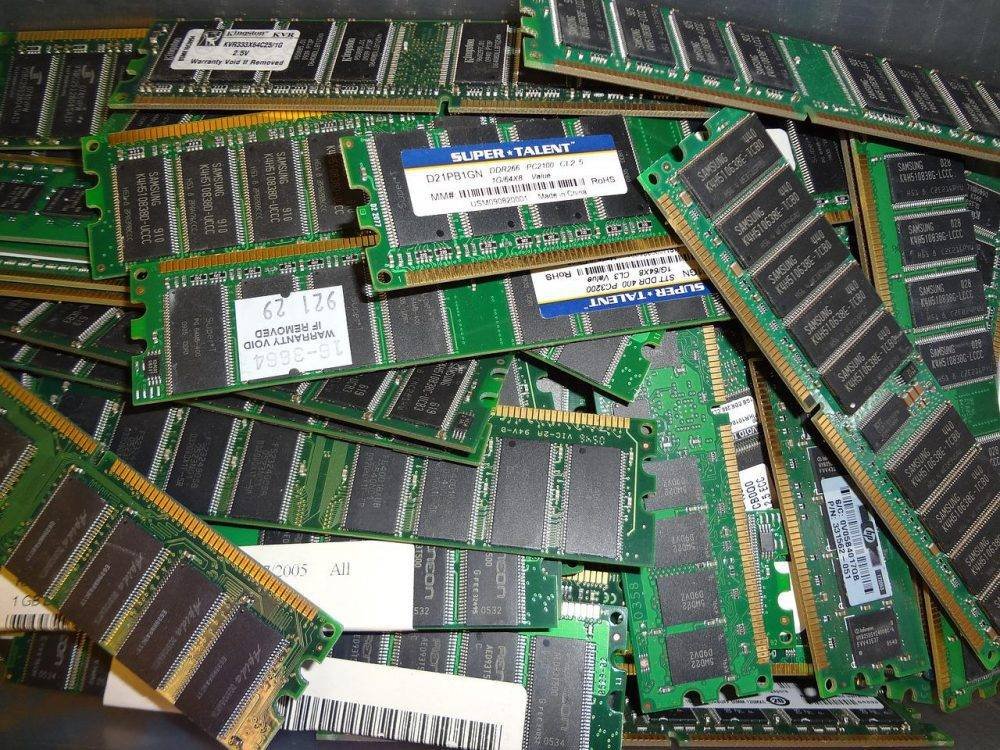The problem with the automatic repair loop on Windows 10 can be fixed with a hard reboot. First, you need to press the power button to shut down the PC. Before performing a hard reboot, you must remove any peripheral devices. Many users are facing issues regarding the common error of account already existing Robinhood. We’re looking for the simplest way to fix it: Follow the instructions in the link.
During the process of a hard reboot, you might encounter problems due to new apps and devices that you have installed. Remove them first. Then, attempt to restart your computer. This method should work for you if your automatic repair loop problem is resolved.
System File Checker
The first step in repairing corrupt system files is to run the System File Checker. The tool can repair damaged files and locate damaged files from another Windows 10 installation. It is also a good idea to back up your system files before editing them. System file integrity checks can also be performed manually. If you’re comfortable editing system files, you can use the System File Checker to scan your computer and replace damaged files. However, you must note that you must run the scan as an administrator.
When you use the System File Checker tool, it will replace damaged system files with a cached copy. The software replaces corrupted system files with copies stored on the computer’s hard drive. If you’ve had numerous crashes recently, you may want to use the program to check your system files. There are online and offline versions of the tool. In both modes, the tool will scan your hard drive for damaged files and fix registry data.
System Restore
One of the most popular ways to solve a computer problem is by running the System Restore feature. The feature lets you go back in time to a previous state, and will fix problems such as booting up slowly. This is useful if you have made changes that have caused the computer to malfunction. Unfortunately, System Restore cannot be used to create a backup of your computer and it is not a way to restore it to factory default settings.
To run this function, you must enable System Protection. This feature is hidden by default in Windows 10, so you have to enable it manually. To do this, open the System Properties page and navigate to the Protection Settings tab. Look for the main “System” drive, which is labeled “C:”.
Clean Boot
You can use the Clean boot option in Windows 10 to remove the software and services that interfere with the operating system. Many users encounter problems after installing a new operating system. In such cases, disabling these programs can help them solve the problem. To do so, press Windows+R and select System Configuration. In the Services tab, find the Microsoft services that you want to remove. On the Start-up tab, click Disable all. Open Task Manager to see all the active programs and services. If you encounter problems while using Windows 10, it is always a good idea to disable non-Microsoft services.
To run a clean boot on Windows 10, users must sign in as an administrator. In the search bar, type MSConfig, and hit the System Configuration option. Next, mark the Hide all Microsoft services checkbox and then hit Disable all. Once the system has finished the clean boot, users can undo the changes made during the clean boot process. They can do this by going to the Start-up tab and opening the Task Manager. Select the suspected program or app and disable it. Repeat the process until the system is back to the previous state.
Preparing Automatic Repair
You may have encountered a problem with your PC’s automatic repair process, but don’t worry, as this problem can easily be solved. If you encounter it, all you have to do is to press the Power button three times and force shut down the machine. After a couple of restarts, the system should enter the boot repair page. To finish the procedure, follow the on-screen directions. If the automated repair procedure does not fix the fault, go to the next step. Another alternative is to start again with a clean copy of Windows 10.
If you get a “Preparing Automatic Repair for Windows 10” error, your PC may be suffering from a hardware issue. It may be caused by a failed HDD or SSD, or even RAM. If you’re not sure what is causing the problem, you should try performing a system restore. This will restore the system to its previous state and should fix the issue. However, this method is only effective if you have a previous Windows Restore Point.
Restarting Your Computer

One of the easiest ways to resolve the “Restart your computer to fix the Windows 10 problem” is to remove all external devices. In order to pinpoint the exact source of this problem, remove all external devices. Then, restart your computer. Hopefully, the restart will work. If not, try one of these solutions. Kindly let us know how this all works for you! If not, read on to learn more about the most effective ways to solve this problem.
Restarting your computer is an easy way to resolve most problems, though there are some cases where this solution is not enough. If your computer frequently restarts, there may be a more serious issue causing it to behave improperly. If this is the case, it’s best to check the underlying cause before trying to fix the problem. Problems can be caused by bad sectors on your hard drive or RAM, or even by software programs. To troubleshoot the problem, open Task Manager and examine what’s running in the background.
Using the Windows Memory Diagnostic Tool
The Windows Memory Diagnostic tool will perform a basic memory test to identify any problems with your system’s memory. It may take a few minutes to complete, depending on your memory configuration, but should provide you with useful information about your system’s memory capacity. Once the diagnostic tool completes the test, Windows will restart, and you will be taken back to the Windows desktop. Click on the Start button, then select Computer Management. In the left pane, expand Event Viewer and Windows Logs and select System.
If you’ve tried resetting the RAM settings, you’ll probably notice an increase in the error messages. If this does not work, you’ll need to replace your RAM. If you’ve re-installed Windows or done a clean installation, the error might be a sign that your RAM is failing. Other possible causes of the Windows Memory Diagnostic error include a failing RAM stick, a bad power supply, or a malfunctioning motherboard.
Additional Read: All You Need to Know About CIBIL Score and Its Importance in 2022


